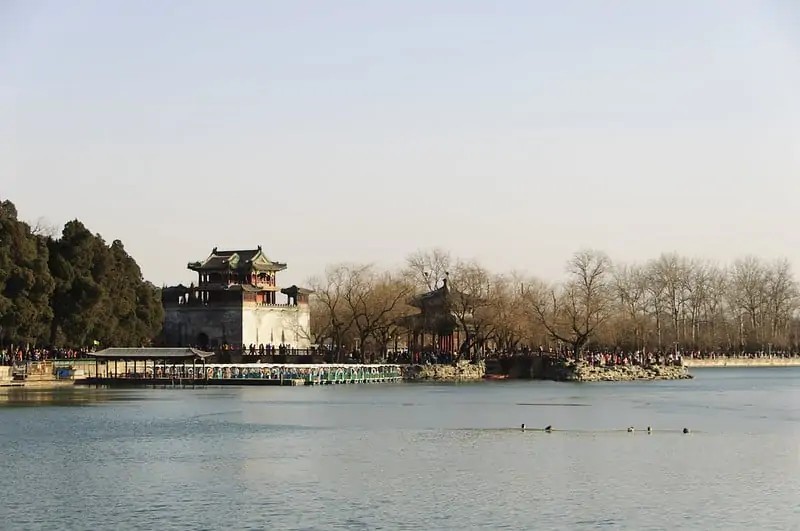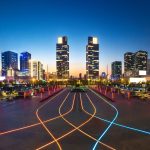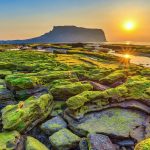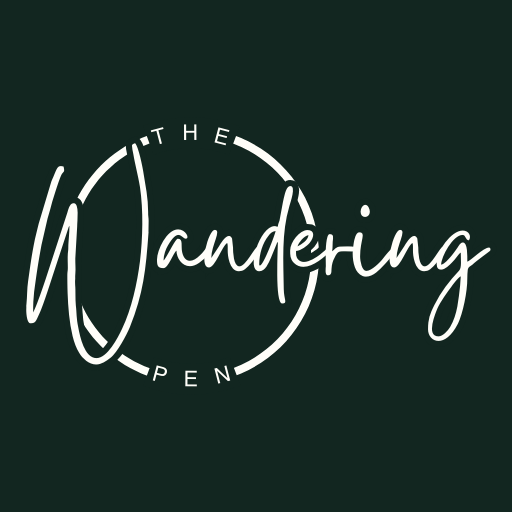The Summer Palace of China, also known as Yihe Yuan, is a historical relic with over a thousand years of history. It’s a must-see destination that draws countless Chinese and international visitors each year. Located about 15 kilometers from central Beijing, this enchanting spot is a highlight you shouldn’t miss on your trip to China.
Exploring China’s Summer Palace
Introduction to China’s Summer Palace
1. General Information About the Summer Palace
The Summer Palace stands as a remarkable architectural gem in China, sprawling across more than 290 hectares and boasting 3,600 rooms crafted in the traditional palace style. Over three-quarters of its grounds are dominated by a serene lake, paired with meticulously tended gardens that whisk visitors away into a poetic, romantic realm. Beyond being a historical site and expansive park, it’s a masterpiece of Chinese architecture and feng shui.
2. Opening Hours and Entrances to the Summer Palace
The Summer Palace has three main entrances: the East Palace Gate, the North Palace Gate, and the New Palace Gate. Depending on your Beijing itinerary, you can choose any of these entry points.
Opening hours vary by season:
Peak Season (April to October):
- Opens: 6:30 AM
- Closes: 8:00 PM
- Ticket sales end: 6:00 PM
Off-Season (November to March):
- Opens: 7:00 AM
- Closes: 7:00 PM
- Ticket sales end: 5:00 PM
3. Ticket Prices for China’s Summer Palace
There are two ticket types for the Summer Palace:
- Type 1: Entry to the complex only
- Type 2: Access to the complex plus paid attractions inside
The basic entry fee is around 200,000 VND (~8 USD). International student cardholders get a 50% discount, and children under 1.2 meters tall enter free.
Notes:
- Opt for Type 1 tickets over Type 2.
- If you’re inside the park and want to visit paid attractions, buy individual tickets for each one.
- Prices vary between peak and off-season.
Meaning, History, and Naming of China’s Summer Palace
2.1 The Meaning Behind the Name “Summer Palace”
The Summer Palace earned its name as a retreat where Empress Dowager Cixi escaped the heat and managed state affairs. It’s also called Yihe Yuan, meaning “Garden of Nurtured Harmony,” a playground for royalty. Today, it ranks among China’s top tourist draws.
2.2 The Construction and Evolution of China’s Summer Palace
The Summer Palace is renowned for its traditional Chinese garden artistry, with a history spanning centuries.
During the Jin Dynasty, the Jinshan Palace was built on the site where Yihe Yuan now stands. In 1750, Emperor Qianlong constructed the Qingyi Garden in its place to celebrate his mother’s birthday. In 1860, the garden suffered heavy damage during the Second Opium War. Twenty-eight years later, Empress Dowager Cixi used treasury funds to restore it. In 1900, it was ravaged again during the Boxer Rebellion, only to be rebuilt by Cixi in 1903. Today, it’s carefully maintained to welcome tourists, blending pristine scenery with captivating historical structures.
Fascinating Spots to Visit in China’s Summer Palace
With its vast expanse, the Summer Palace is divided into six main zones: the temple area, the Wanshou Mountain scenic area, Kunming Lake, the Gengzhi Tu area, the promenade, and the Long Corridor. Exploring it all could take a full day. Here are five must-visit spots within Yihe Yuan.
3.1 East Palace Gate – China’s Summer Palace
The East Palace Gate is the most frequented spot in the complex. Positioned on the eastern side with its main entrance facing east, it was where emperors and officials discussed state matters. The gate features palaces, gardens, and a theater, all designed with intricate Chinese artistry. A sign reading “Yihe Yuan” hangs above the entrance, framed by nine dragons symbolizing imperial power. Nearby, the seven-hall Renshou Palace hosted meetings between Empress Dowager Cixi, Emperor Guangxu, and their ministers.
3.2 Leshou Hall – China’s Summer Palace
Another architectural marvel, Leshou Hall serves as the main residential quarters. Built in a traditional courtyard style, it’s adorned outside with a rose bush, a deer, a crane, and various rare flowers and plants. In Chinese feng shui, these symbolize peace, while the exotic flora represent wealth and nobility.
3.3 Kunming Lake
Spanning 220 hectares, Kunming Lake is the palace’s central water feature. From above, it resembles a giant peach, with a river acting as its stem, flowing in through the West Gate. The lake shimmers green in summer and freezes white in winter. Alongside it runs the Long Corridor, China’s longest garden hallway at 728 meters, divided into 273 sections. This corridor links various palace structures, offering sweeping views of the mountains and lake within Yihe Yuan.
3.4 Seventeen-Arch Bridge
The Seventeen-Arch Bridge, crafted entirely from stone, connects to a small island with its 17 elegant spans. Over 500 stone lions, each with unique expressions, line its railings. To the northeast stands a bronze ox statue, “Jinniu,” inscribed with a poem by Emperor Qianlong—perfect for a photo op!
3.5 Foxiang Pavilion
Foxiang Pavilion, a Buddhist structure on Wanshou Mountain, follows the classic tower design: single base, eight sides, three tiers, four eaves. It was a sanctuary where Empress Dowager Cixi prayed and meditated. Though once destroyed by fire, it was rebuilt and remains an iconic part of the Summer Palace.
Services Available While Visiting the Summer Palace
Exploring the entire Summer Palace can take a full day, including 2–3 hours outdoors. Here are some handy services for visitors:
- If traveling with babies or elderly companions, wheelchairs are available for rent at the main gate.
- At Kunming Lake, rent a boat to paddle around for about 35,000 VND (~1.50 USD).
- English-Speaking Guides: Hire a live guide at the main gate or rent an audio guide at any of the three entrances, returning it when you leave.
Tips for Visiting China’s Summer Palace
- Follow palace rules: no smoking, climbing, loud noise, or tampering with artifacts.
- Professional camera equipment isn’t allowed inside.
- Avoid freelance guides outside the gates; opt for official palace guides instead.
- In winter, dress warmly as it gets chilly. In summer, bring hats and sun protection.
The Summer Palace isn’t just a royal residence—it’s a stellar example of classic Chinese garden architecture and a must-visit gem when traveling to Beijing.











